Graphic novels have emerged as a powerful and versatile medium for storytelling, offering a unique blend of visual and narrative elements. Among the diverse genres that graphic novels encompass, the “slice of life” genre stands out for its focus on the ordinary, everyday experiences of characters.
Defining Slice of Life
Slice of life is a genre that originated in literature and later found its way into visual storytelling, including graphic novels. At its core, slice of life seeks to capture the mundane, often overlooked aspects of daily existence. These stories eschew grandiose plots and epic adventures in favor of authenticity, presenting the ordinary lives of characters in a way that readers can relate to on a personal level, focuses on presenting everyday, realistic situations and experiences.
Unlike many other graphic novel genres that may involve fantastical elements, superheroes, or epic adventures, slice of life graphic novels zoom in on the ordinary moments of life. The genre’s primary aim is to capture the essence of day-to-day existence, often depicting relatable characters facing common challenges and navigating the complexities of interpersonal relationships.
Characteristics of Slice of Life Graphic Novels
Everyday Realism
Slice of life graphic novels are characterized by their commitment to portraying life as it is. The stories revolve around realistic scenarios, common struggles, and the nuances of interpersonal relationships. Readers find solace and connection in the familiarity of the depicted situations.
Character-Driven Narratives
Unlike plot-driven genres, slice of life places a strong emphasis on character development. The protagonists are often ordinary individuals navigating the challenges of daily life. Through their experiences, readers gain insights into universal themes such as love, friendship, family dynamics, and personal growth.
Nuanced Emotions
Slice of life graphic novels excel in conveying subtle and nuanced emotions. The visual component allows for the depiction of facial expressions, body language, and other non-verbal cues, enhancing the emotional depth of the narrative. Readers can empathize with the characters on a visceral level.
Everyday Aesthetics
The art style in slice of life graphic novels tends to mirror the simplicity of the stories they tell. Artists often opt for a more straightforward and realistic visual approach, emphasizing details of the everyday environment. This aesthetic choice complements the genre’s commitment to authenticity.
No Grand Narratives
Unlike genres with epic or overarching plots, slice of life graphic novels typically lack grand narratives. Instead, they offer a series of interconnected episodes or moments that collectively provide a snapshot of characters’ lives.
Notable Examples of Slice of Life Graphic Novels
- “Blankets” by Craig Thompson : A coming-of-age graphic novel that explores themes of family, faith, and first love. It’s a poignant and introspective journey through the author’s memories.
- “Persepolis” by Marjane Satrapi : An autobiographical graphic novel that depicts the author’s childhood and early adulthood in Iran during and after the Islamic Revolution. It combines history with personal narrative.
- “Fun Home” by Alison Bechdel : A graphic memoir that delves into Bechdel’s complex relationship with her father, her coming out as a lesbian, and the dynamics of family life.
- “This One Summer” by Mariko Tamaki and Jillian Tamaki : Centered around two teenage girls during a summer vacation, this graphic novel explores the complexities of friendship, family, and self-discovery.
- “Maus” by Art Spiegelman : A Pulitzer Prize-winning graphic novel that uses anthropomorphic animals to recount the author’s father’s experiences during the Holocaust, exploring generational trauma.
- “Blue Is the Warmest Color” by Julie Maroh : A graphic novel that follows the passionate and tumultuous love story between two young women, exploring themes of identity and desire.
- “Asterios Polyp” by David Mazzucchelli : The story of an architect’s self-discovery after a personal and professional crisis. The graphic novel delves into themes of art, identity, and relationships.
- “Building Stories” by Chris Ware : A unique graphic novel presented in a box set of various formats, telling the interconnected stories of the residents of a building. It explores the ordinary lives of its characters.
- “Jimmy Corrigan: The Smartest Kid on Earth” by Chris Ware : A highly acclaimed graphic novel that follows the lonely and socially awkward Jimmy Corrigan, exploring themes of family and the search for connection.
- “Ghost World” by Daniel Clowes : A graphic novel about the friendship between two teenage girls as they navigate the transition from high school to adulthood, capturing the angst and uncertainty of that period.
- “Essex County” by Jeff Lemire : A trilogy of graphic novels set in a rural Canadian community, exploring the lives of various characters and their interconnected stories.
- “Clyde Fans” by Seth : A character-driven graphic novel that follows the lives of two brothers who run a small electric fan business, reflecting on family, regret, and the passage of time.
- “Shortcomings” by Adrian Tomine : A graphic novel that explores themes of identity and cultural differences through the lens of a Japanese-American man navigating relationships and self-discovery.
- “American Splendor” by Harvey Pekar and various artists : An autobiographical series that chronicles the everyday life and musings of Harvey Pekar, offering a raw and unfiltered look at the author’s experiences.
- “Hicksville” by Dylan Horrocks : A graphic novel that explores the world of comics and storytelling, following a journalist who visits the fictional town of Hicksville and discovers its rich comic culture.
- “Daytripper” by Fábio Moon and Gabriel Bá : An introspective graphic novel that tells the various possible deaths of a Brazilian obituary writer, exploring the fragility and beauty of life.
- “Are You My Mother?” by Alison Bechdel : Another work by Alison Bechdel, this graphic memoir focuses on her relationship with her mother, delving into psychoanalysis and the complexities of maternal bonds.
- “The Quitter” by Harvey Pekar and Dean Haspiel : A coming-of-age graphic novel that follows Harvey Pekar’s early years, exploring themes of identity, ambition, and the pursuit of artistic expression.
- “Smile” by Raina Telgemeier : A graphic memoir aimed at a younger audience, “Smile” recounts the author’s experiences with orthodontic treatment during her teenage years, touching on themes of self-esteem and resilience.
- “Scott Pilgrim” series by Bryan Lee O’Malley : A graphic novel series that blends slice of life with elements of fantasy and video game culture. It follows Scott Pilgrim as he navigates relationships and battles the ex-boyfriends of his new love interest.
Slice of life graphic novels have carved a niche for themselves by offering readers a mirror to their own lives. In a world often saturated with larger-than-life narratives, these stories celebrate the ordinary and provide a space for introspection and empathy. As the genre continues to evolve, it remains a testament to the power of simplicity and authenticity in storytelling. Whether exploring the challenges of adolescence, the dynamics of family life, or the nuances of personal relationships, slice of life graphic novels invite readers to find beauty in the everyday.

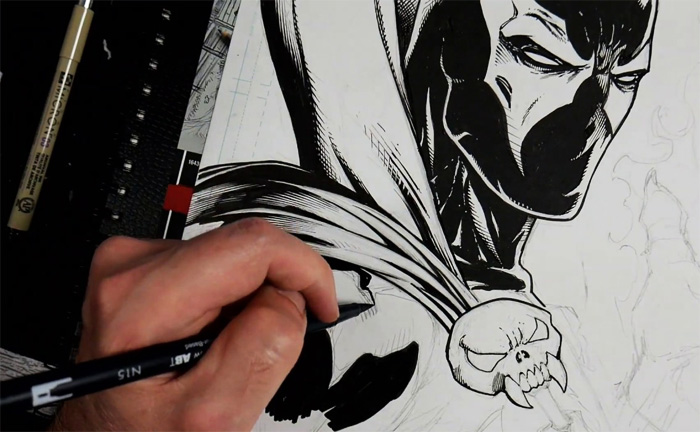
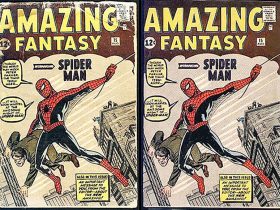
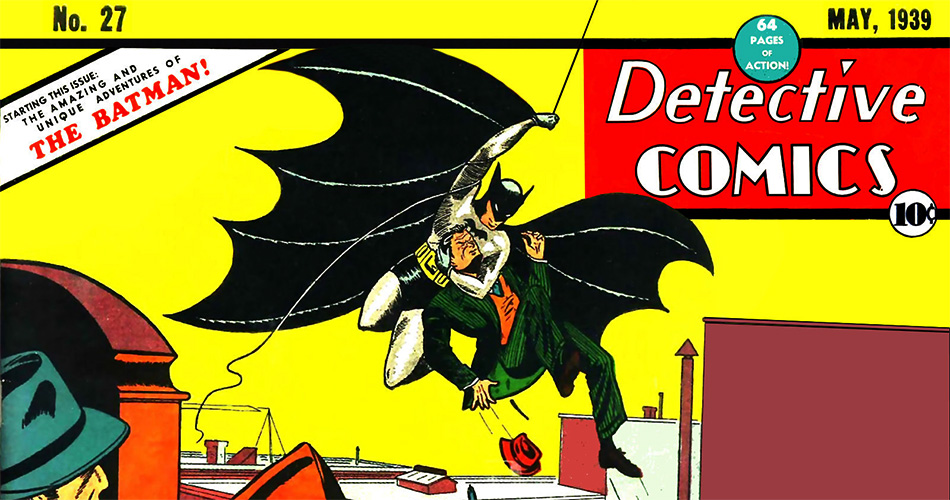
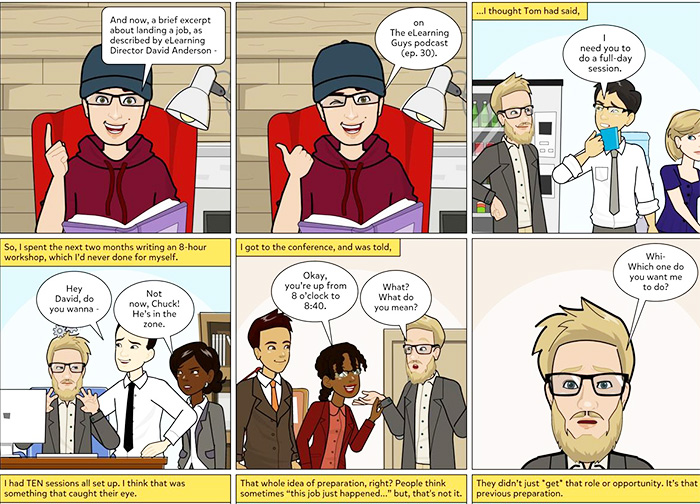

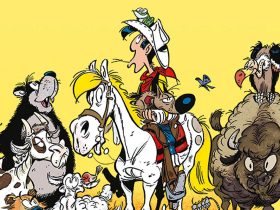
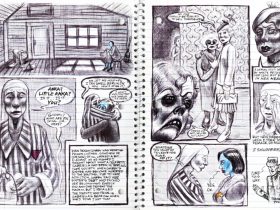
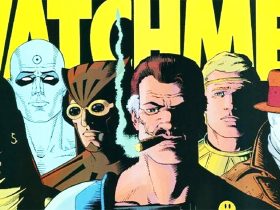
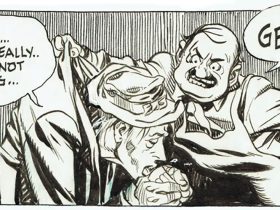
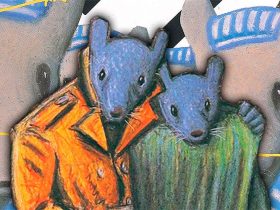
Leave a Reply